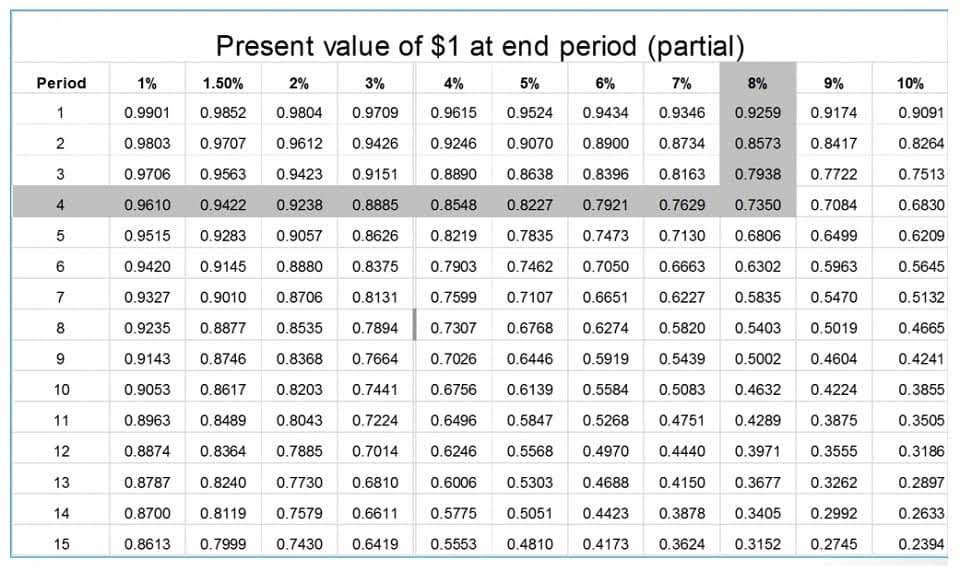Credit memos are essential to maintain financial records and customer relationship management. They ease making necessary adjustments and rectifying mistakes, which helps build transparency and trust between businesses and their customers. Proper implementation and management of credit notes leads to easy handling of returns and adjustments without impacting the financial integrity.
The Template for a Credit Memo
Yes, a credit memo is a legal document that ensures accuracy in the financial statements. They are similar to sales invoices, record any invoice adjustments, and reflect the correct amount in the accounts. This formal document indicates that the seller will return the excess amount charged to the customer. In all these cases, the goal of the credit memo is to ensure the customer gets charged the correct amount and to maintain accurate financial records. By promptly issuing credit memos when needed, you demonstrate your commitment to customer satisfaction and transparency.
Accounts
However, it can still provide insight into the payer’s intent and prompt further legal examination of a separation of duties transaction’s circumstances. When reading bank statements or invoices from vendors, you may see these two terms and want to know more about what they are and why they are important. This content may include information about products, features, and/or services that may only be available through SoFi’s affiliates and is intended to be educational in nature. Now that we understand what a credit memo is, it’s important to understand the purpose of using them. Jane Corporation purchased office supplies from a vendor for their small business.
What are Some Other terms for Credit Memos?
- Nov. 1, 2024Boeing dismantled its global diversity, equity and inclusion department and redirected its staff to its human resources department to focus on talent acquisition and employee experience, Bloomberg reported.
- In this scenario, a credit memorandum should be used since the company needs to reduce a previously issued invoice to compensate the client for the damaged goods.
- Credit memos are always tied to a previous invoice and they are normally used when a customer receives damaged goods, incomplete orders, or wrong products.
- A credit memo is a document that a seller gives to the buyer after sending the invoice for the sales made.
- For this to have legal weight, the creditor must explicitly or implicitly agree to the settlement terms.
Ensure detailed information is maintained, such as original transaction records, invoice numbers, the reason for the adjustment, and any communications with the customer. This clear justification will help maintain asset turnover ratio explanation formula example and interpretation transparency and make it easier to reference in case of disputes or audits. Yes, you can request a credit memo for an online purchase if the seller offers refunds or credits for returned goods or other valid reasons. Make sure to follow the seller’s refund policy and procedures for requesting a credit memo.
Accounting for a Credit Memo
It may involve updating the customer’s balance in the accounts receivable ledger or issuing a refund through the organization’s payment processing system. The credit memo issued due to returned or damaged goods might require adjustments in the seller’s inventory levels to account for those items. This adjustment impacts the valuation and reporting of inventory on the seller’s balance sheet. All these elements within a credit memo facilitate transparent communication, accurate accounting, and effective resolution of financial transactions between buyers and sellers.
Ambiguity in the memo line can lead to significant legal challenges, especially when the wording lacks clarity. Vague terms like “for services” or “payment” leave room profit and loss statement for interpretation, complicating dispute resolution. Courts often rely on external evidence, such as communications between the parties or existing agreements, to clarify the intent behind ambiguous language. For a term to be legally binding, it requires mutual agreement between parties, including clear offer, acceptance, and consideration. Since the memo line is unilaterally filled out by the payer, it generally lacks these elements, making it non-binding.
- They are an important part of modern accounting because they make it easy for businesses to transfer credits to each other.
- They are not usually applicable for cash transactions or non-sales-related transactions.
- Furthermore, there is no reason to incur the cost of mailing the credit memo to the buyer.
- At the outset, a credit memo prominently displays the title “Credit Memo” to distinguish it from other financial documents.
- A seller can only reverse a credit memo if done within the respective accounting period.
- A credit memo sample could be issued to every bill or debt note with a favourable amount.
A credit memo or note can resolve discrepancies like returned goods, invoicing errors, etc., ensuring your books remain accurate and your customer relationships stay strong. It acts like a voucher indicating that the business owes money to the customer and credits the customers’ account. You’ll know your adjustments are accurate, authorized, and properly documented every time. While it might take some extra effort upfront, the payoff in clean books and satisfied customers is well worth it. Examples could include customer-returned goods, overpayments by mistake, invoice adjustments due to incorrect pricing, or refunds for services rendered but not yet billed out.
They are not usually applicable for cash transactions or non-sales-related transactions. Have you ever issued an invoice only to realize later that you need to make an adjustment? On the other hand, an invoice payment represents an amount the customer owes, and they must eventually pay it.
A note might lead one party to assume terms or conditions that the other party did not intend. Misunderstandings can arise from vague language or misplaced assumptions about the memo line’s legal significance. While it provides context, it does not replace formal agreements or clear communication.
.jpg)
.jpg)
.jpg)






